
Pinta
(Abingdon)
Marchena
(Bindloe)
Isabela
(Albemarle)
Santiago
(James)
Genovesa
(Tower)
Fernandina
(Narborough)
Santa Cruz
(Indefatigable)
San Cristóbal
(Chatham)
Española
(Hood)
Santa Fe
(Barrington)
Floreana
(Charles)
Pinzón
(Duncan)
100 km
60 mi

WelcometoaspecialeditionofExplorer magazine!Throughthesepages,youwillbetransportedtoaplaceunlikeanyotherintheworld:theGalápagos Islands.
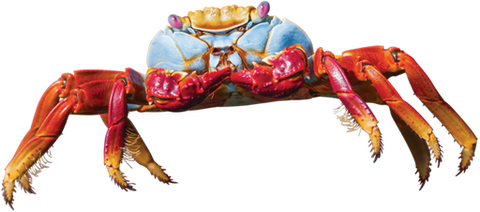
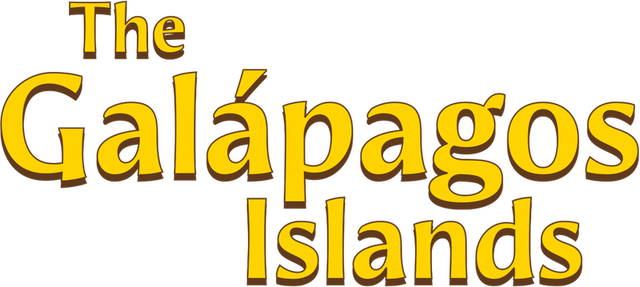
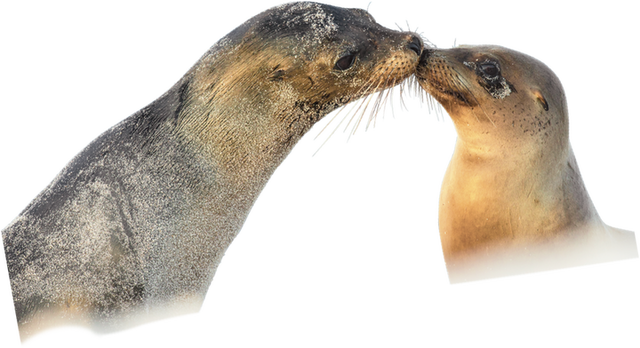
TheislandsweregivenbothSpanishandEnglishnamesbyearly visitors.
EarlySpanishsailorscalledtheislands“LasEncantadas.”Thatmeans“theenchanted.”Howperfectforislandsthatseemtodisappearinthe mist!
Theywerediscoveredbyaccidentin1535byaSpaniard,TomásdeBerlanga.HisshipwasboundforPerubutwascarriedoffcoursebystrong currents.
Fromthelate1500stotheearly1800s,theGalápagossawpirates,buccaneers,andwhalers.In1832,Ecuadorofficiallytookpossessionofthe islands.
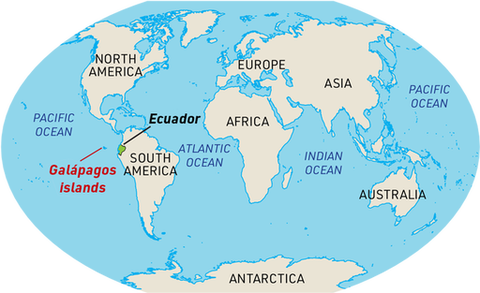
Theseislandsteemwithlife.Frigatebirdssoar.Blue‑footedboobiesdiveintotheocean.Marineiguanasclingtoslipperyrocks.Galápagospenguinszippastthemlike rockets.
Takeacloserlookatthemapabove.Ithelpstellthetaleoftheseislandsandhowtheycametobe.Onceyouunderstandthebirthoftheseislands,you’llbegintoseewhatlivesthereandwhy.Youwillreadofafamousvisitor,CharlesDarwin.Andfinallyyou’lllearnaboutoneoftheislands’mostmemorablespecies:thegiant tortoise.
Itisn’tpossibletotellyoueverythingabouttheGalápagosIslands.Butwehopethisissuewillstartyouonyourownquesttoknow more.
BrennaMaloney,managingeditor, Explorer
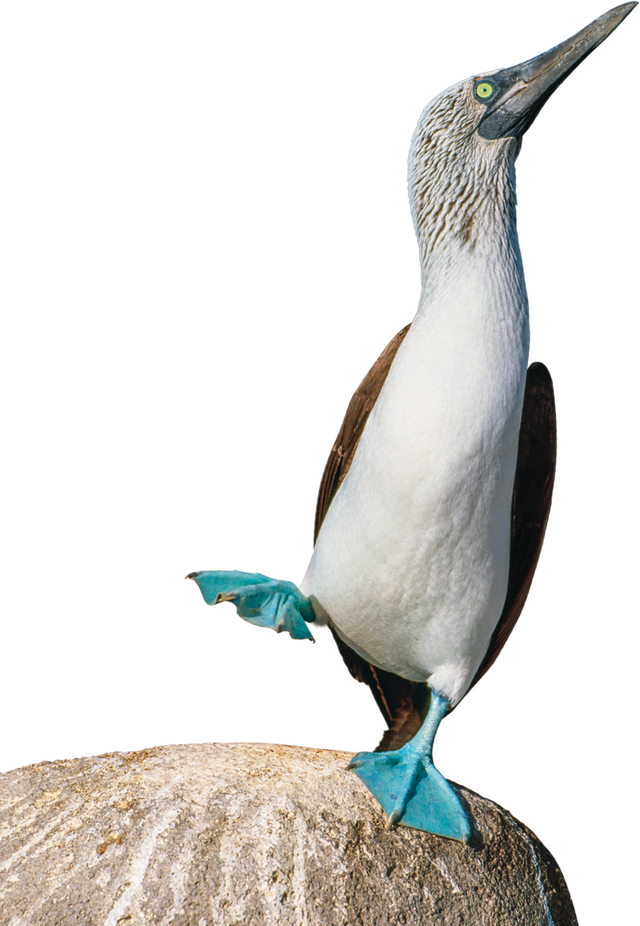

NORTH
AMERICA
PACIFIC
OCEAN
ATLANTIC
OCEAN
INDIAN
OCEAN
PACIFIC
OCEAN
EUROPE
ASIA
AFRICA
SOUTH
AMERICA
Galápagos
Islands
Ecuador
ANTARCTICA
AUSTRALIA